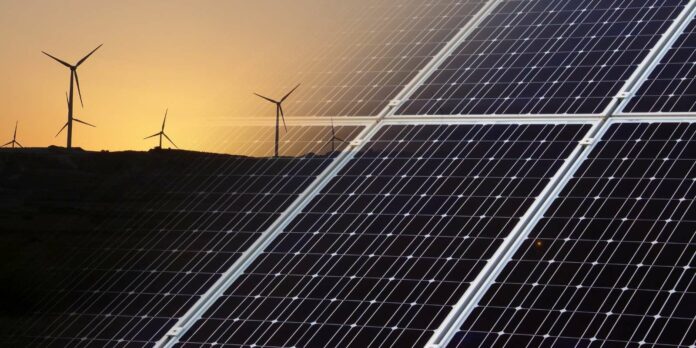Not only are fossil fuels damaging the environment, harming our health, and becoming increasingly more expensive, but according to studies on the limitations of fossil fuels, we only have between 50-100 years left of coal, oil, and natural gas.
In an attempt to harness natural or clean, non-renewable resources, we’ve discovered many alternative energy options, specifically renewable ones. Let’s do a whistle-stop tour of renewable resources examples, or you can jump to the pros and cons of renewable energy now.
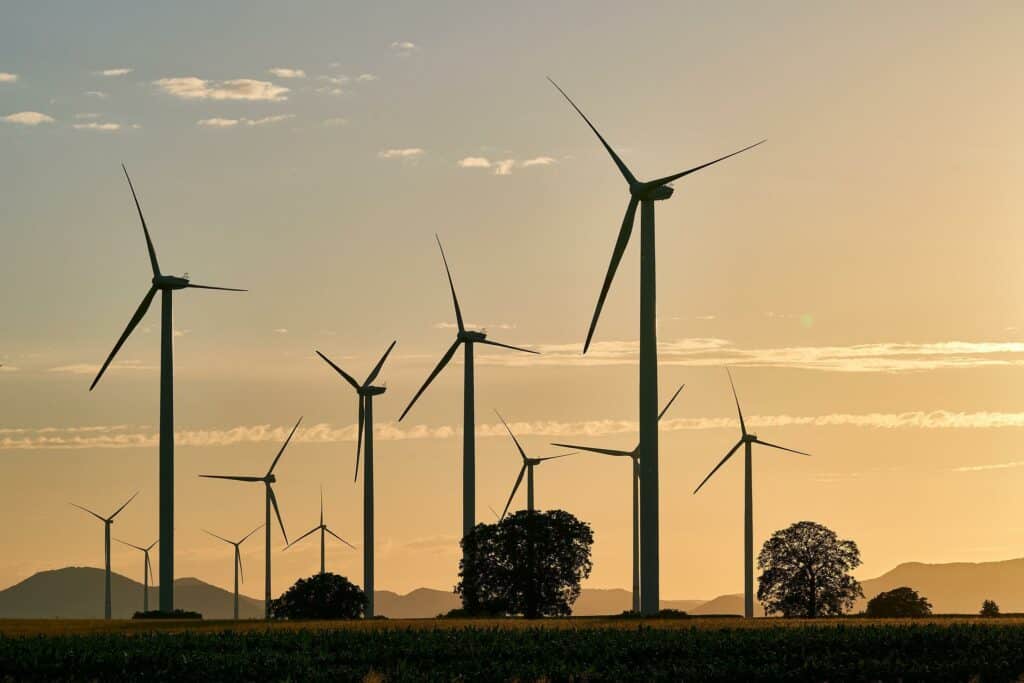
What is renewable energy?
Renewable energy comes from a natural and sustainable source. It replenishes over time, meaning it can be used continuously, although sometimes ‘flow-limited.’ Unlike fossil fuels, renewable or alternative energy sources create cleaner power and have a much lower carbon footprint.
Alternative energy is often used synonymously with renewable energy, but several differences exist between them. Both are designed to lower carbon emissions; however, alternative energy sources are not necessarily sustainable. They create much less pollution than fossil fuels, and any emissions are often filtered or reduced where possible.
| Renewable Energy | Alternative Energy |
| – Comes from a natural source – Sustainable (replenishes over time) – Low carbon footprint (fewer greenhouse gases) | – Not always sustainable – Low carbon footprint (fewer greenhouse gases) – Low environmental impact |
Apart from the primary few, there’s a lot of debate about which sources are renewable or alternative and whether they overlap.
Let’s look at some of the most common renewable and alternative energy sources.
Renewable energy sources
Solar energy
According to National Renewable Energy Laboratory (NREL), “More energy from the sun falls on the earth in one hour than is used by everyone in the world in one year.” While this suggests that solar energy can be utilized universally, currently, only 3.7% of the world’s power comes from solar. Solar energy is considered one of the cleanest renewable sources. It’s literally always available because it doesn’t require production time, like fossil fuels.
| Pros | Cons |
| – Sustainable – Clean energy source – Reduce or eliminate energy costs – Governments offer rebates or tax credits | – High upfront costs – Requires significant and constant sunlight |
Wind energy
We’ve been utilizing wind power for centuries, primarily in the form of windmills and windpumps to grind wheat or draw water from the sea. Wind turbines come in different sizes, while wind farms come in three variations, land-based, offshore, and distributed. Offshore farms are extremely popular as wind speeds tend to be faster, creating more power than onshore farms.
| Pros | Cons |
| – Cost-effective – Clean energy source – Largest source of renewable energy in Canada – Sustainable | – Located in remote, rural areas (away from cities) – Creates noise and visually impacts the landscape – Can impact local wildlife (especially birds) |
Geothermal energy
Geothermal energy is not only considered renewable but also an alternative energy source. It’s much cheaper than fossil fuels and, unlike wind and solar, is not restricted by the weather. Geothermal energy is heat trapped under the earth’s crust. When this heat escapes naturally, it manifests in volcanoes or geysers. Geothermal heat is an almost entirely untapped energy source with a low carbon footprint.
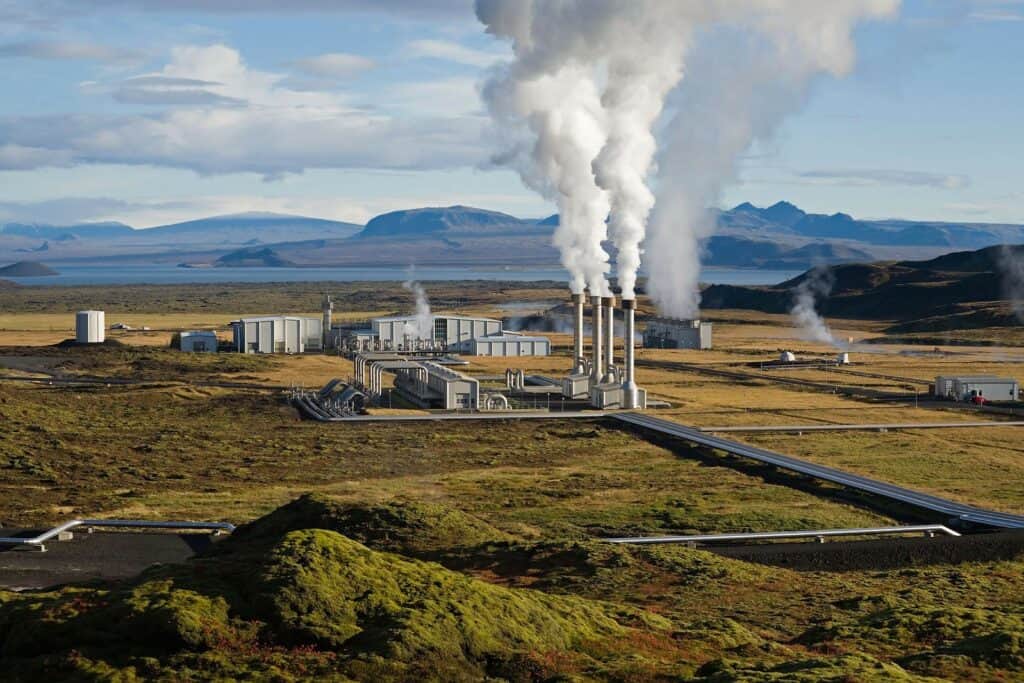
| Pros | Cons |
| – Low carbon footprint – Renewable – Sustainable – Doesn’t require fuel | – Location-specific – Risks triggering earthquakes – Expensive to tap |
Ocean energy
There are several ways that the ocean can be used to produce energy. While the main two are tidal and wave, the ocean’s thermal energy can also be utilized. The tide’s ebb and flow are consistent with the moon’s gravitational pull, making tidal energy extremely reliable.
| Pros | Cons |
| – Renewable – Clean energy source – Predictable energy production – Large energy potential | – Can impact local wildlife – Only benefits coastal cities and towns – Can affect the ocean’s ecosystem |
Hydropower/electricity
Hydroelectric power stations use the natural flow of rivers and water to generate electricity. The power it generates is usually inexpensive, but its most significant drawback is that it’s not available everywhere. The major disadvantage of hydropower is that the construction of dams can negatively impact the environment, destroying animal habitats and disrupting migratory patterns.

| Pros | Cons |
| – Low carbon emissions – Renewable – Provides flood control – Low-cost energy | – Can negatively impact people and the environment – Can be expensive to build dams/turbines |
Biomass energy
Biomass is organic matter that usually comes from plants and trees. It’s then burned to produce methane that’s collected and turned into electricity. One of the positives of biomass energy is that methane can be captured from landfills or general waste.
| Pros | Cons |
| – Renewable (if sustainably sourced) – Clears landfills – Comes from many sources | – Generates some pollution, but limited – Biofuels require agricultural land (taking food away from tables) |
Alternative energy sources
Nuclear power
Nuclear energy comes from splitting atoms that turn water into steam. The steam then moves a turbine to generate electricity (yes, a super brief description of how to create nuclear energy). Nuclear power is clean (yay!), but it also leaves behind nuclear waste, which stays toxic for thousands of years. While nuclear energy has many benefits, including reliability and low carbon emissions, it’s also associated with some of the world’s deadliest weapons.
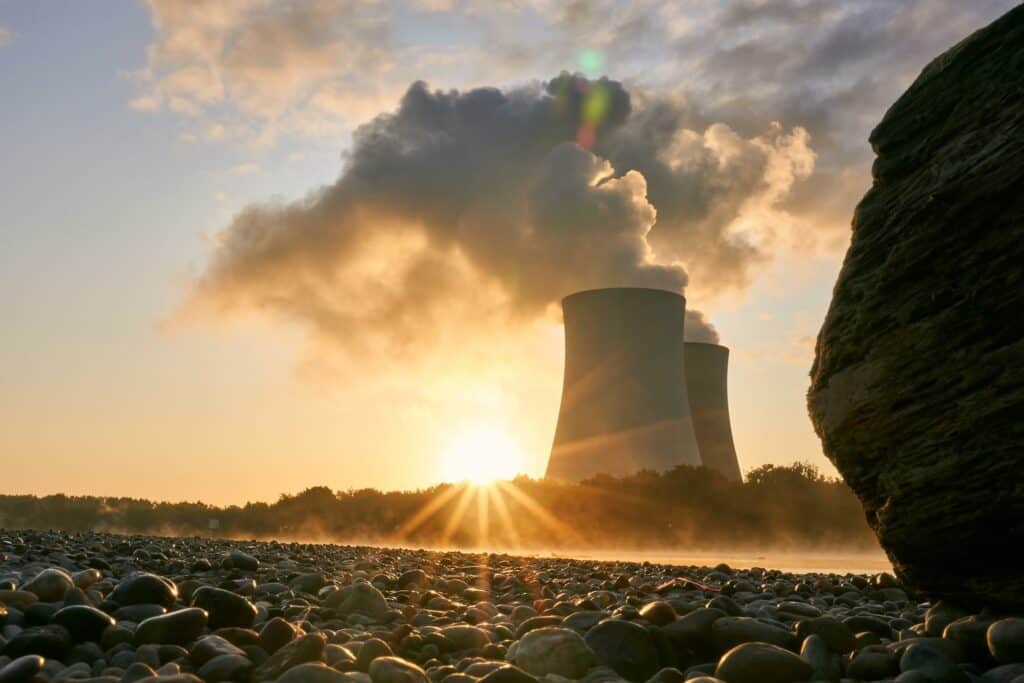
| Pros | Cons |
| – Low carbon emissions – Constant energy supply – Cheap to run | – Nuclear waste (pretty major con) – Expensive to build |
Hydrogen power
Green hydrogen is produced when a surplus electrical current from renewable energy, such as solar or wind, passes through water, splitting the H₂ from the O using electrolysis. Hydrogen can be stored, transported, injected into gas lines, or converted into electricity. When hydrogen is ‘burned,’ the only emission is water vapour, which has an extremely low carbon footprint.
| Pros | Cons |
| – Low carbon emissions – Infinite supply – Clean energy source – Non-toxic – High-efficiency – Sustainable production | – Expensive – Difficult to store and transport – Flammable and volatile |
Renewable energy in the home
While plenty of energy providers offer green power options, one of the most convenient ways that you can take control of your own energy is to introduce renewable energy solutions into your own home. While solar, wind, and biomass are the most common options, hydrogen energy is also being used in homes in the UK.
Solar panels
Solar panels are a great way to generate energy for your home. You’ll save money on your power bill and get some of the cleanest fuel possible. Panels can be installed quickly, or portable solar panels can be placed anywhere to collect energy. Although solar panels require an initial investment, you’ll start saving money almost immediately while reducing your carbon footprint.
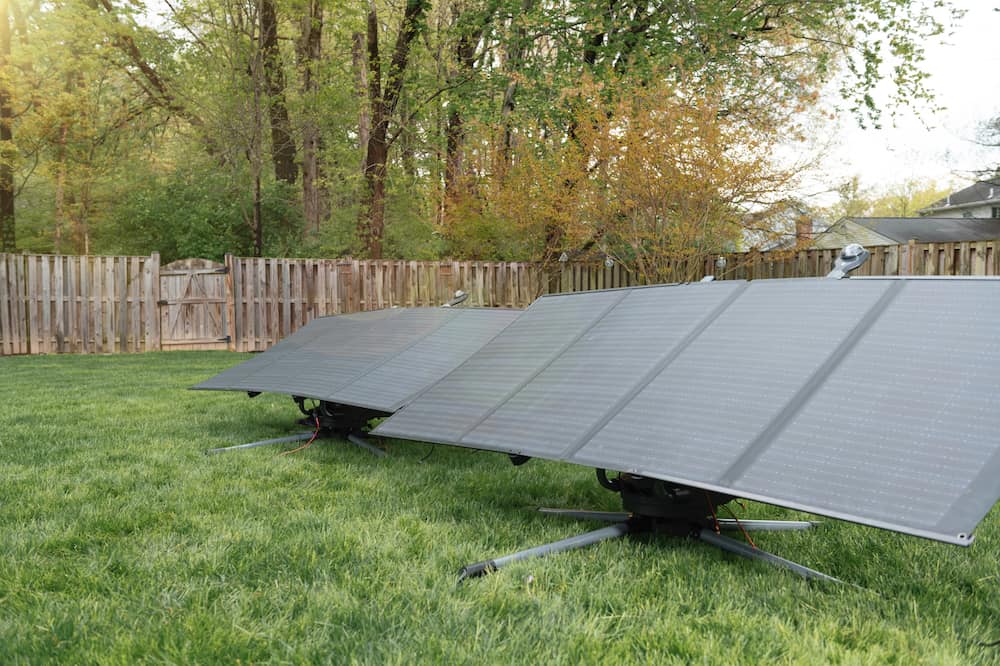
You can learn more about how portable solar panels can work for you, or you can jump down to see our solar panel comparison.
Small wind turbines
Wind turbines are primarily used as a backup power source during outages and can also be used in places that don’t get enough sunlight. Turbines can successfully operate without any manual operation, meaning there’s very little you need to do to use them efficiently. The hum that is constantly emitted by the equipment can be a negative side effect.
Biomass
It’s relatively easy for those living in rural areas or small towns to generate their own renewable energy using biomass. Wood pellets or other biological materials can be burned to create heat. One of the disadvantages is that you need a significant amount of land to store extra wood, which doesn’t produce as much energy as other types of biomass.
Renewable energy pros and cons
It’s easy to imagine that renewable energy can only offer us positives in the way of better health and lower emissions. However, if we plan on stopping using fossil fuels by 2035, we need to assess both the bad and good of renewables.
Renewable energy advantages
Reduces global warming
Scientists have speculated that greenhouse gases could cause global warming for over a century. One of the main focuses of using renewable energy is that it allows states and countries to achieve zero net carbon emissions. Renewable energies don’t release emissions and, if they’re also alternative energy, don’t damage the physical environment when they’re extracted or used. While biomass and geothermal energy need water for cooling in the same way coal, oil, and gas power plants do, studies suggest that the amount required in the future will be dramatically reduced.
Improves public health
Climate change affects our health directly and indirectly, from extreme weather that may cause physical and mental health issues to respiratory and intestinal diseases caused by air and water pollution. According to NRDC, the health costs from fossil fuel-generated pollution in the US are around $820 billion every year.
Renewable energies produce very few of these pollutants, especially wind and solar, which produce non. Geothermal and biomass power stations emit some, but much less than fossil fuel plants.
Reliable and longlasting
Renewable energy sources tend to be less likely to experience failures since they’re modular systems. With wind, solar, and ocean systems, the reliance isn’t on just one turbine, panel, or tidal stream. So, if one breaks, the rest of the system will still work. Since there are fewer moving parts, these systems also require less maintenance and repairs.
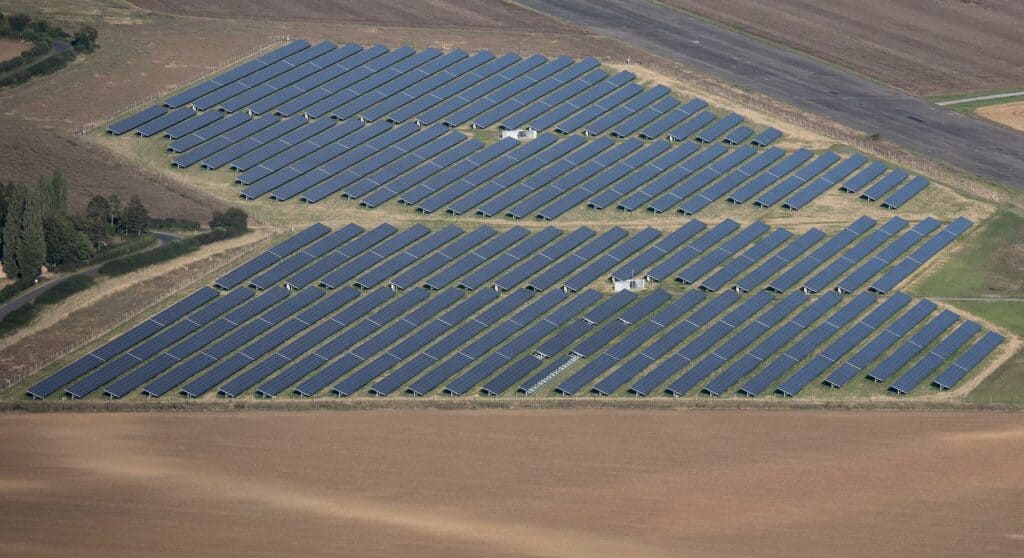
Cleaner air and water
One of the most crucial benefits of renewable energy is that it produces clean air. Pollution in the atmosphere contributes to acid rain, smog, and haze. Most renewable energy sources do not produce any pollution, which is essential for countries that are reducing their carbon footprint while still powering their cities.
Inexhaustible resources
Renewable energies can’t be depleted and must regrow or be replaced within a person’s lifespan. These energies will be available for future generations and can be developed with this in mind.
More jobs
Renewable energies have gained popularity in recent years, creating thousands of jobs. In 2020, 12 million people were employed in renewable energy jobs worldwide and that number is only expected to grow. Renewable energies also provide a stimulus for investment in new technology, which creates more jobs than conventional energy sources.
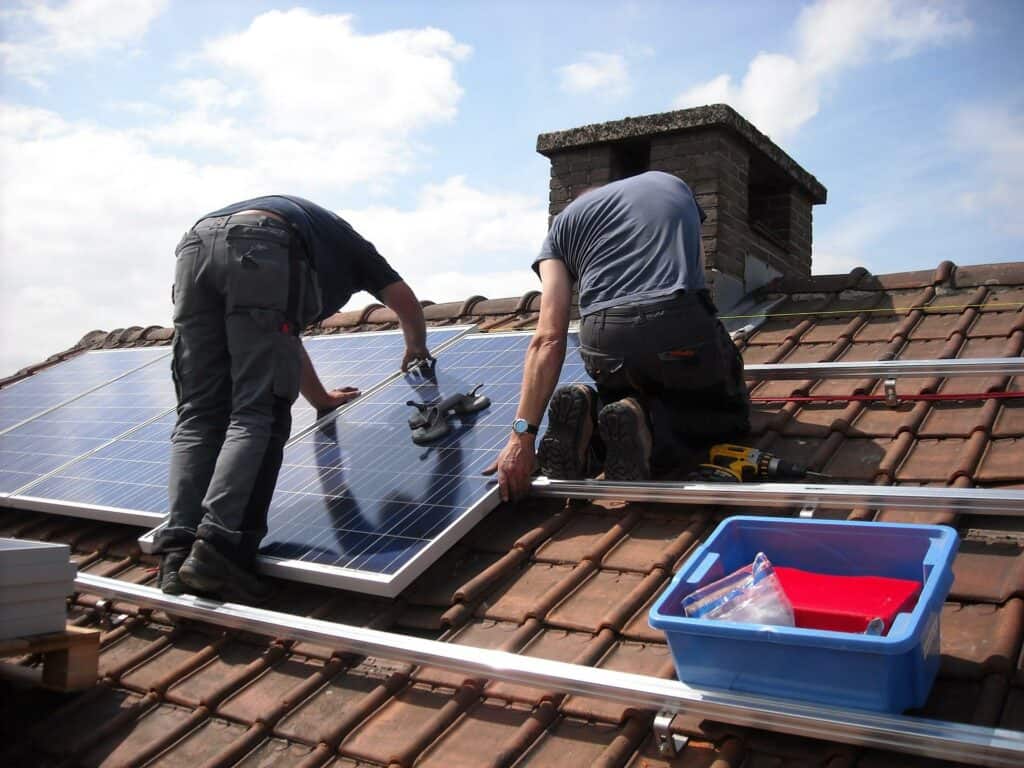
Stable energy prices
Unlike fossil fuel plants, renewable power doesn’t require fuel. After the initial investment costs, no price inflation affects the energy cost produced by renewable plants, keeping them stable.
Renewable energy disadvantages
More expensive overheads
With renewable energies, such as solar and wind, the initial cost is higher than traditional fuels. However, they are much cheaper in the long run since the fuel is free, and there’s no need for an expensive grid to transfer power.
Storage limitations
These energy sources need to be stored in a battery before generating electricity. If the batteries are not sufficiently charged, the energy source cannot work correctly.
Unreliable energy production
Some renewable energies can only be produced in certain weather conditions. Calm days without a breeze will reduce wind production, and cloudy days will produce less solar energy.
Require space
Wind and solar farms require large land areas for turbines and panel arrays. While building offshore wind farms saves land space, there are other issues to contend with.

Low efficiency
Compared with fossil fuels, renewable energies have a relatively low-efficiency rating. Coal and natural gases can reach between 40-60%, while renewable energies such as wind have a 20-40% efficiency.
Why are renewable energies important?
Renewable energies are an essential part of reducing our dependence on fossil fuels and the environmental problems, like pollution, that come along with them. They create more jobs and introduce new industries to our communities. Renewables are an investment in a cleaner future for our planet!
The future of renewable energy
At the end of 2017, many countries worldwide made commitments to limit emissions that cause climate change, including the development of renewable energies. While there are downsides, such as requiring more land and low-efficiency ratings, the benefit of promoting a zero-carbon footprint and reducing health risks far outweigh them.
Use solar energy to lower your bills and your carbon footprint.
Compare Solar Panels
Most Portable

60W
| Foldable |
| Waterproof |
| 4 kg* |
| 60W Input |
Mid-Range
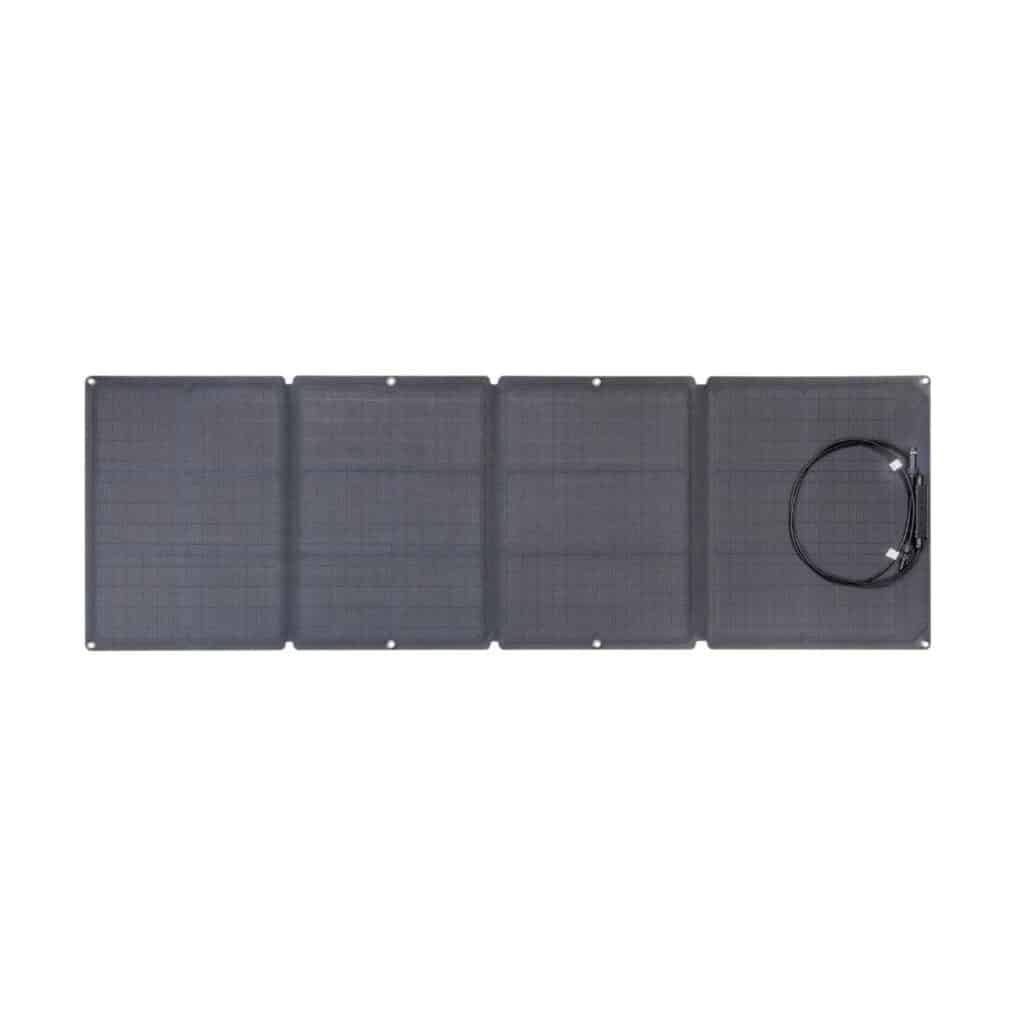
110W
| Foldable |
| Waterproof |
| 6 kg* |
| 110W Input |
Mid-Range

160W
| Foldable |
| Waterproof |
| 7 kg* |
| 160W Input |
Highest Input

400W
| Foldable |
| Waterproof |
| 16 kg* |
| 400W Input |
